 As technology continues to evolve, so too have the skills of cyber-criminals, who have honed their abilities to break through firewalls, stealing valuable personal data and funds.
As technology continues to evolve, so too have the skills of cyber-criminals, who have honed their abilities to break through firewalls, stealing valuable personal data and funds.
What steps might you consider to help secure your valuable personal and financial data when banking online? Consider the following tips as important baseline checks.
Connect with caution. Be careful how and where you use any online banking system.
- Never connect to the Internet through an unsecured public wireless network.
- Never access your account from a link. Links are easy to tamper with, especially if they are embedded in an email, text message, or online article. Always go directly to the home page of the financial institution first, and navigate from there.
- If possible, try to use the same computer each time you make an online transaction, and be sure to log off when you are done.
Protect your passwords. Choose and use your passwords carefully.
- Create “c0mplic@T3d” passwords. Use at least eight characters and include a liberal mix of uppercase and lowercase letters, numbers, and special symbols.
- Avoid using the same password for multiple accounts — doing so leaves you more vulnerable.
- Never use personally identifying information, such as the last four digits of your Social Security number or a family member’s name, in a password or username. That could easily be the first thing a hacker tries.
- Be sure to change your passwords regularly (at least three times a year) and avoid reusing the same password and username on different websites.
- Never share passwords, personal identification numbers (PINs), or other account-related information in response to an unsolicited request. If you did not initiate the communication, you should not provide any information.
Regularly monitor accounts. Check account activity and online statements often instead of waiting for your monthly statement. If you notice a “red flag,” contact your bank immediately. When a customer reports an unauthorized transaction within 60 days of the occurrence, the financial institution will typically cover the loss and take measures to protect the account.1
Protect your equipment. Be sure your computers and mobile devices are equipped with up-to-date antivirus and malware protection.
- Most computer operating systems have built-in security firewalls. Be sure yours is set at medium or higher.
- Exercise the same caution with your wireless home Internet connection. Without proper protection, there is nothing to stop anyone from gaining access to your computer files and personal account data. Wi-fi Protected Access (WPA) encryption is considered the best type of Wi-fi protection; Wired Equivalent Privacy (WEP) should be used only if WPA is not available.
Use social media prudently. Social media sites, such as Facebook and Twitter, are used by millions of people worldwide, but be sure to exercise caution when sharing personal information on these sites. Details such as your birth date, home address, or the names of schools you attended are frequently used by financial institutions to validate your identity and are therefore potentially useful to cyber-criminals. Always review the privacy policies for any social network you join to help avoid unintended disclosure of information.
Shop on secured sites. If you shop online, be sure to use only websites and merchants that you trust and that protect your account information with industry-standard security protocols. Look for secure transaction signs, such as a lock symbol in the lower right-hand corner of your browser or “https” in the address bar.
Understand your rights. The Federal Deposit Insurance Corporation’s (FDIC) “Regulation E” outlines protections that help consumers avoid losses from fraud pertaining to electronic fund transfers. You can obtain background on the rules from your financial institution or from the FDIC’s website (FDIC.gov).
With a healthy dose of caution and some old-fashioned common sense, you can safely use the Internet as a time-saving, convenient resource.
Source/Disclaimer:
1Source: Federal Deposit Insurance Corporation.
Required Attribution
Because of the possibility of human or mechanical error by DST Systems, Inc. or its sources, neither DST Systems, Inc. nor its sources guarantees the accuracy, adequacy, completeness or availability of any information and is not responsible for any errors or omissions or for the results obtained from the use of such information. In no event shall DST Systems, Inc. be liable for any indirect, special or consequential damages in connection with subscriber’s or others’ use of the content.
© 2019 DST Systems, Inc. Reproduction in whole or in part prohibited, except by permission. All rights reserved. Not responsible for any errors or omissions.

